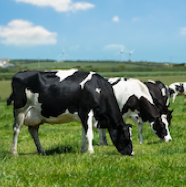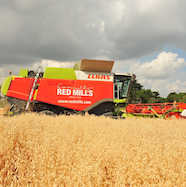Best Practices for Managing Newly Reseeded Pastures for Weed Control
The most challenging factors in managing a new grass reseed are based around weed control and pest control. Teagasc trials have shown that killing weeds in the first 2 months after re-seeding will have a long-lasting effect (up to 4 years).
There are some key steps for Weed and Pest Control to Support Your Reseeded Grass:
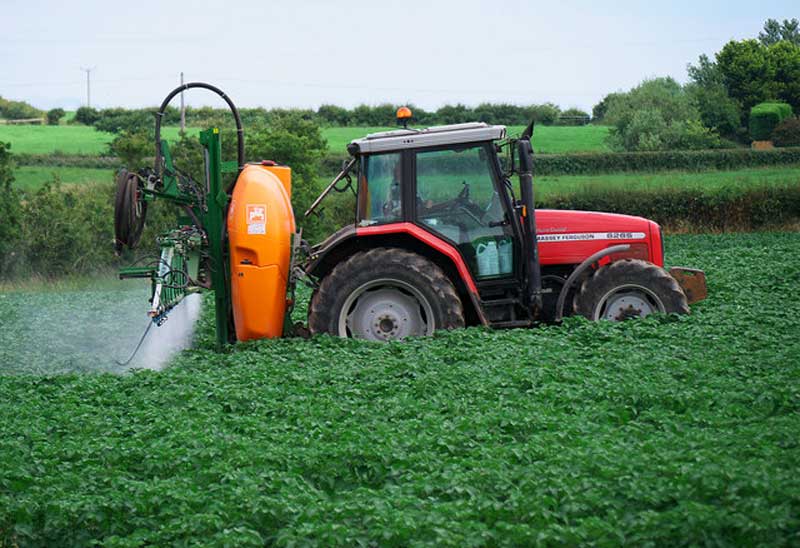
1. Deal with the weeds above and below the ground:
A good burn-off with glyphosate (Round-up) only takes care of the old sward and whatever weeds were present above ground. This still leaves thousands of weed seeds in the top few inches of the field that have been waiting for a chance to grow, but there are sprays available that will very successfully remove these weeds from your new grass field and have a long-lasting effect.
2. An inexpensive application of weed spray is effective:
In the vast majority of cases, applying a weed spray a few months after re-seeding is the cheapest and most effective spray you can apply to that grass field. This is especially the case where Docks, Creeping Thistles, etc. had been growing in the old grass or have clover in your grass mix.
3. Remove Perennial weeds at seeding stage:
Perennial weeds (Docks, Creeping thistles, Buttercups, Dandelions) are programmed by nature to recover from cutting, grazing, hard winters and dry summers.They all develop a massive root system to store food until it is needed. This is how they can emerge each spring and out-compete grass no matter how well it is managed.Recent Teagasc Dock trials have shown that once the Docks were successfully removed at seedling stage, the grass took over the job and prevented new Dock seedlings from establishing for 4 years!
4. Chemical control against high population & certain weed varieties germination.
Low populations of annual weeds will not affect the establishment of the new sward. Where they survive the first grazing, topping, or cutting can eliminate them, but high populations of annual weeds, especially Charlock & Chickweed, can compete against establishing grass. Chemical control is a good option in this situation as the gaps left after these annual weeds die off in the autumn are ideal places for docks to germinate and grow over the winter months. Chickweed is especially problematic and should be controlled in most situations.
5. Low populations of Perennial Weeds can be tolerated:
Docks, Dandelions, Creeping Buttercup, Creeping Thistle – can be tolerated, especially in an intensive grazing situation. It is rare for any weed to become problematic in a well-managed grazing field.
6. Soil drainage, fertility and grazing management will influence whether a problem occurs in the future.
For example, poaching favours dandelions and buttercups becoming established, while high levels of potassium favour docks becoming established.
In a silage field, under an extensive grazing system, where clover is sown or where these weeds are numerous, my advice is to apply a herbicide to the new ley.
7. Get the basics right for weed control for new pasture from the start and Past the 1st Year
the first point of weed control in new leys is to have an even, vigorously growing sward. Seedbed preparation, soil fertility and seeding rate are key points to get right. In order to help the crop tiller out, keep grazing low and it is preferable to not cut silage from a new sward in the first year. Where this cannot be avoided, cut at a higher length than older swards.
8. There has been much research carried out on the competitive effects of grass and clover on weeds.
A competitive sward will enhance the effect of any herbicide applied and fill in the gaps when the weeds die back. Remember there are more weed seeds just waiting for the opportunity to grow, so it is essential to have your grass and clover there covering in the ground first.
9. Weeds in new leys are best controlled when they are small
(6-8 weeks after re-seeding) and actively growing. We would strongly urge consultation with a trained agronomist or chemical specialist.
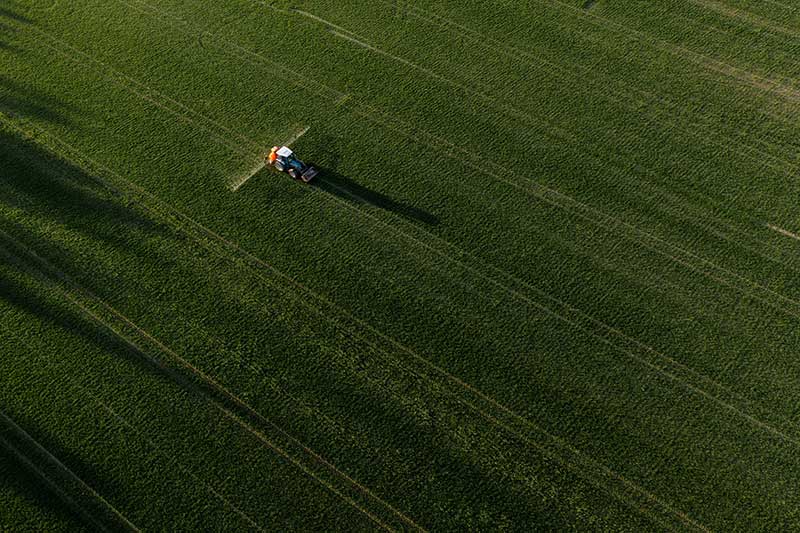
For more information or assistance, contact the RED MILLS agronomy team.
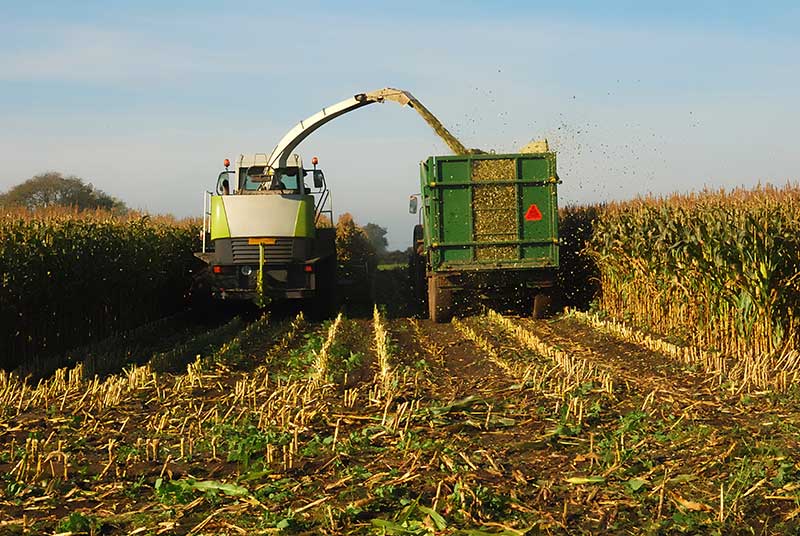
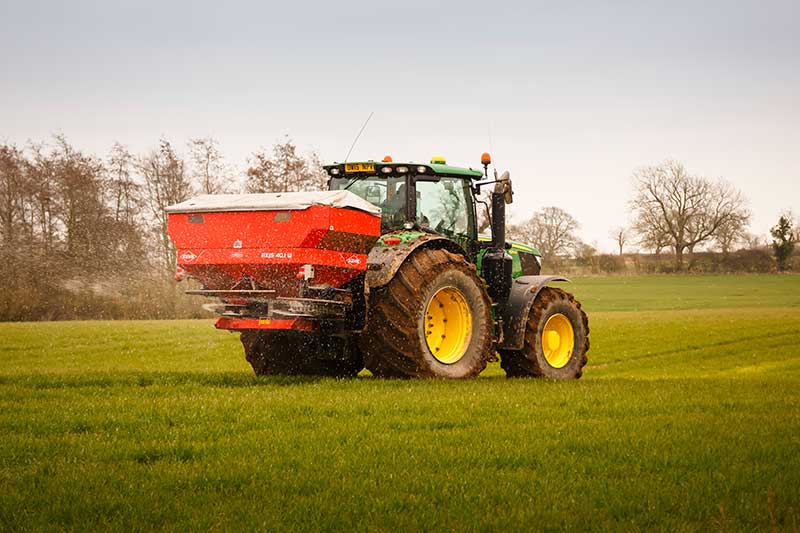
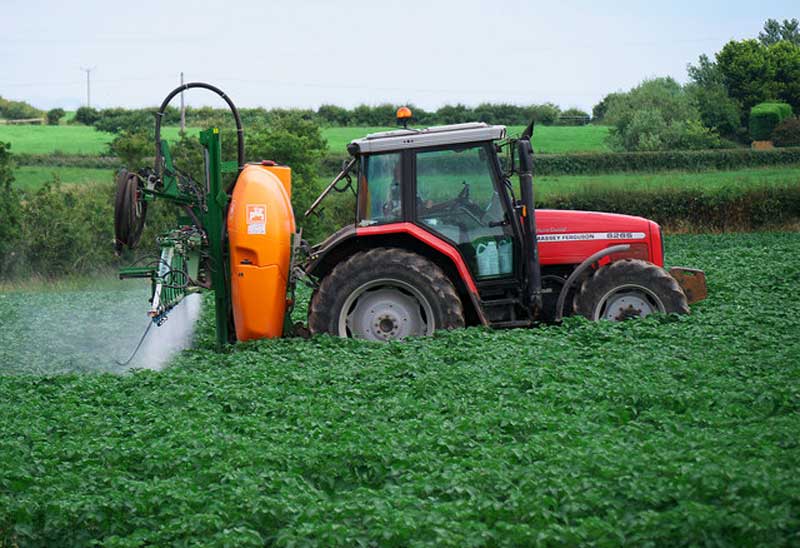
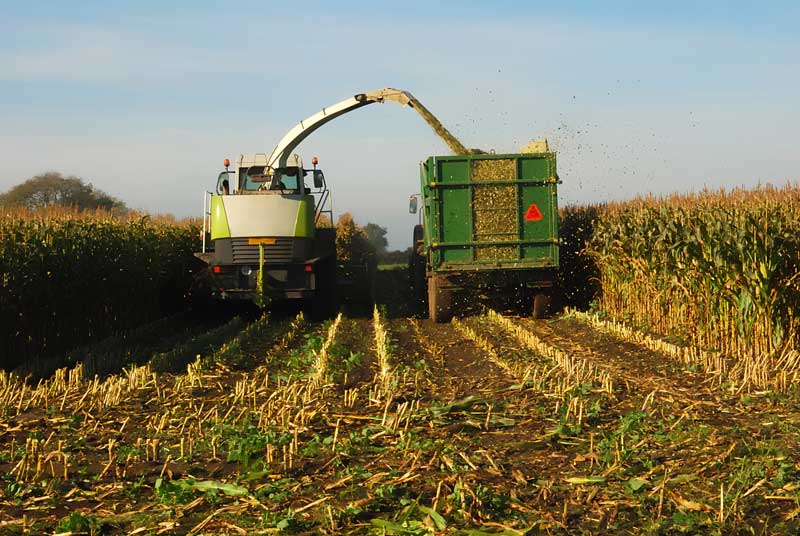


 05
05
